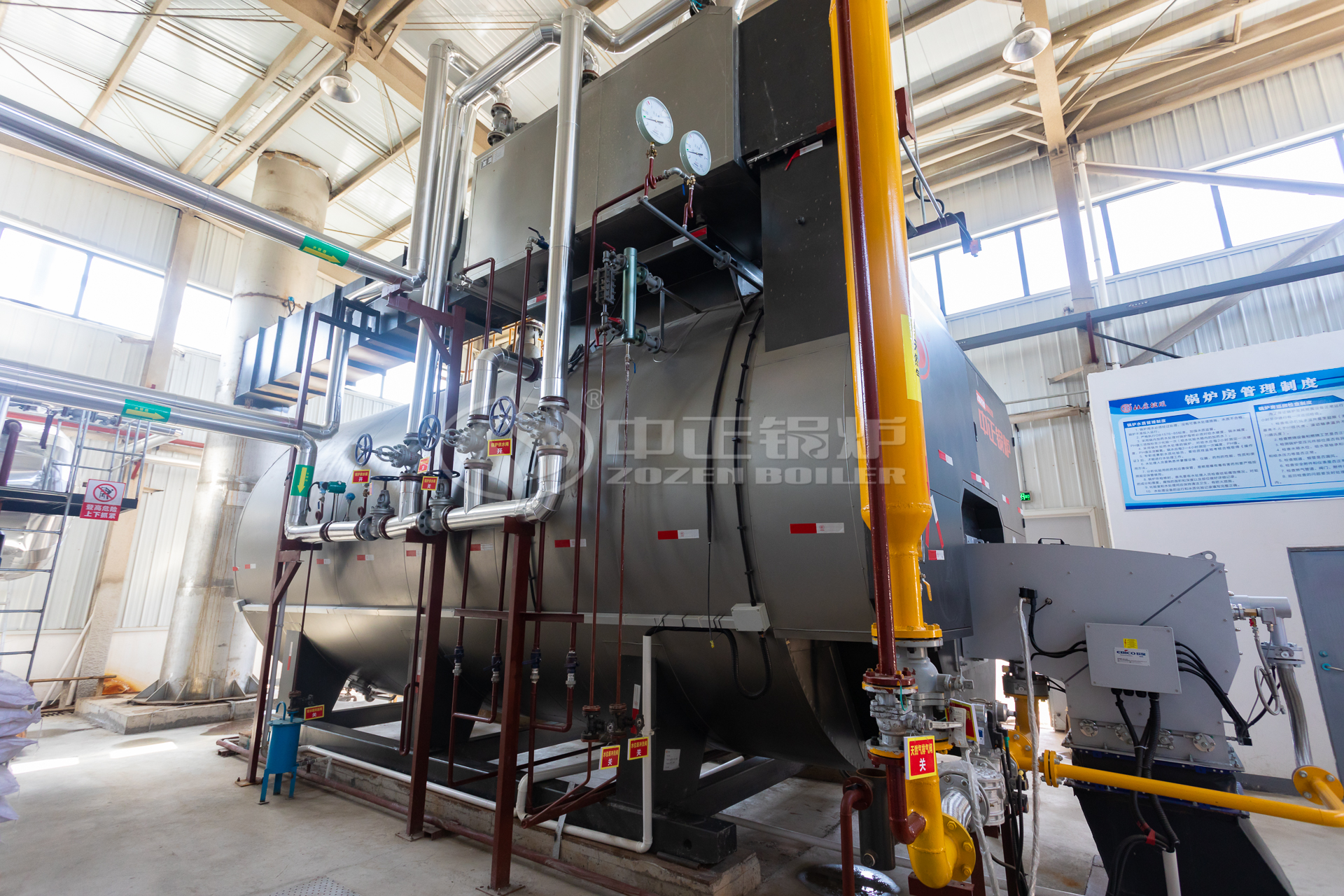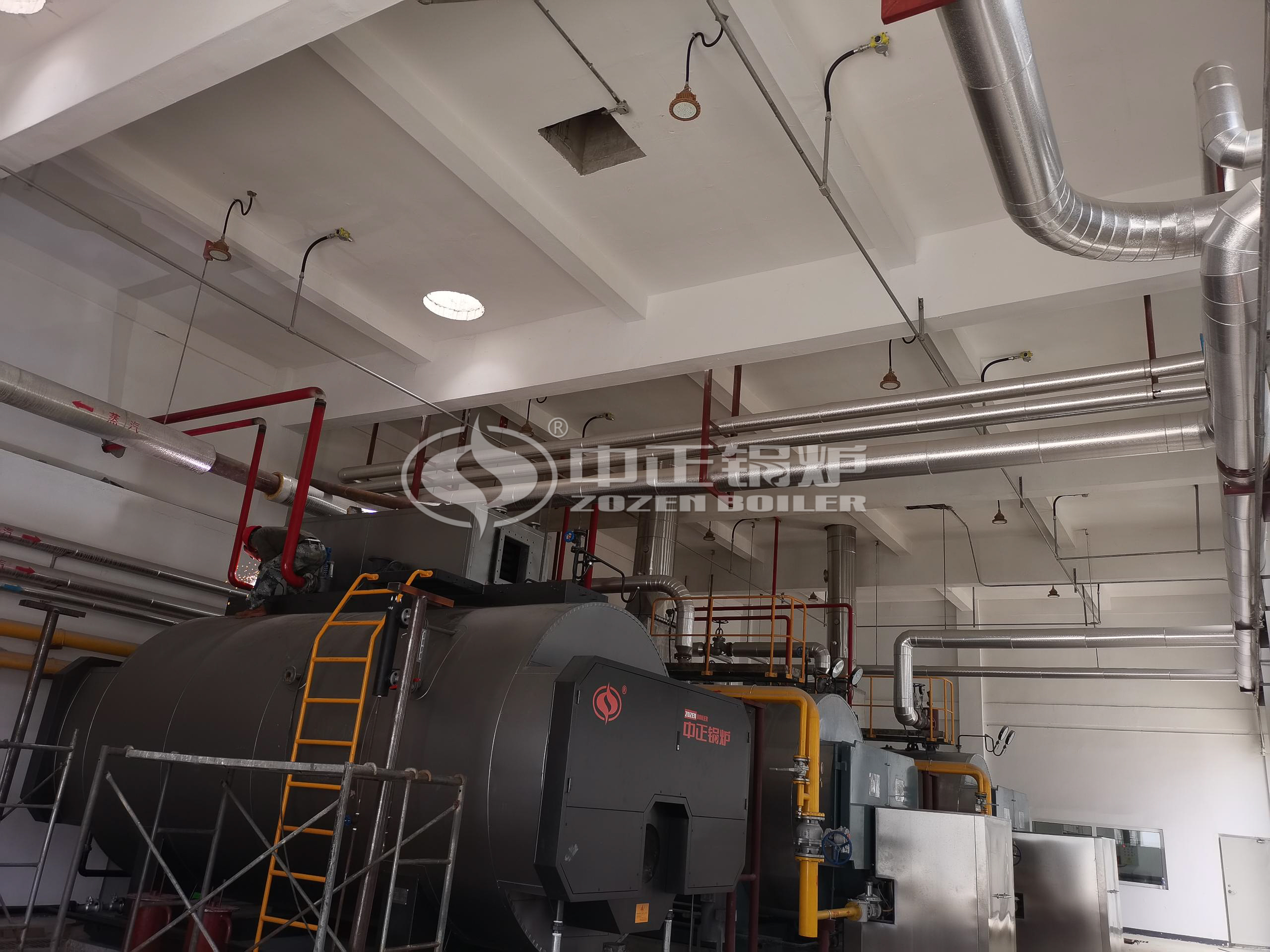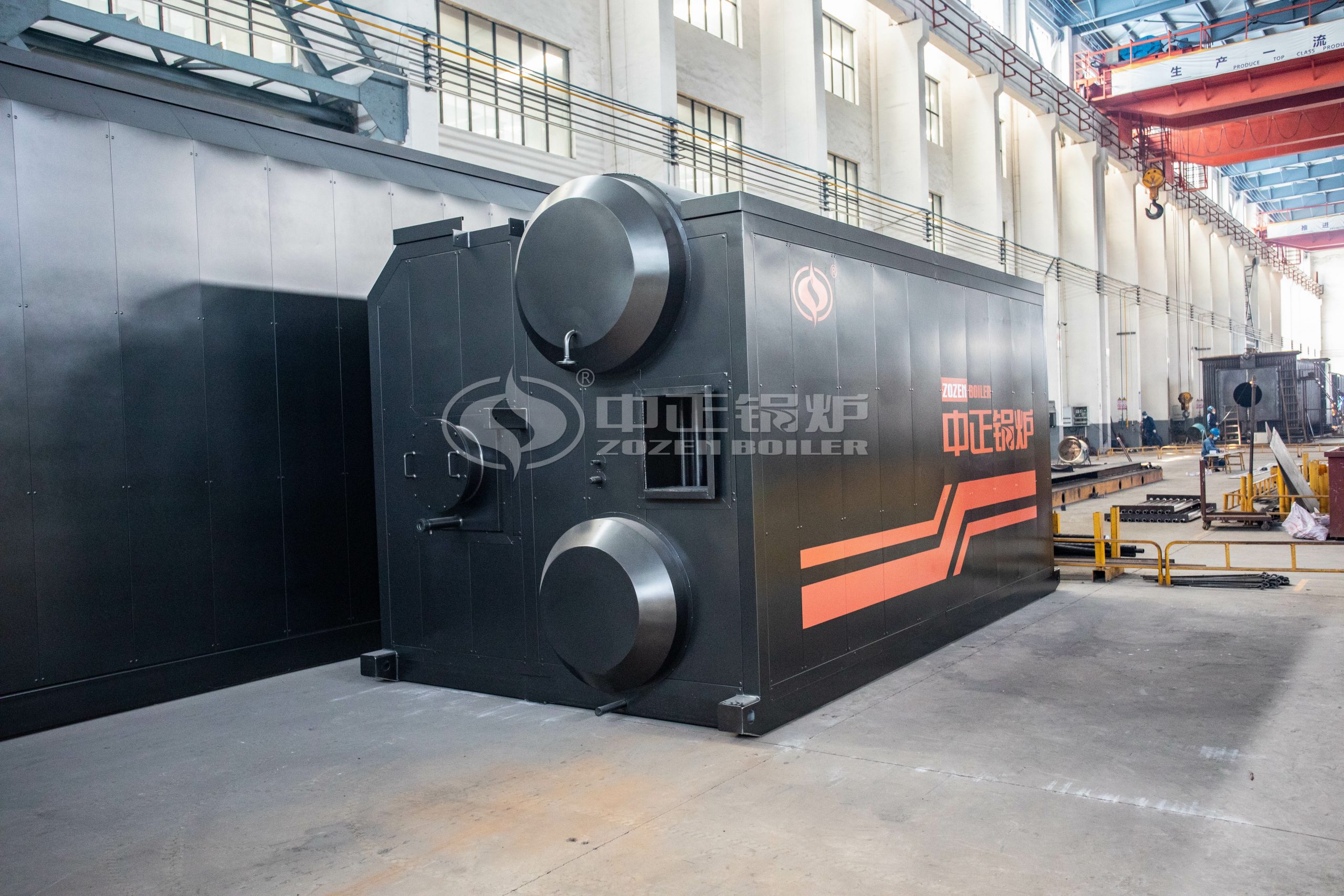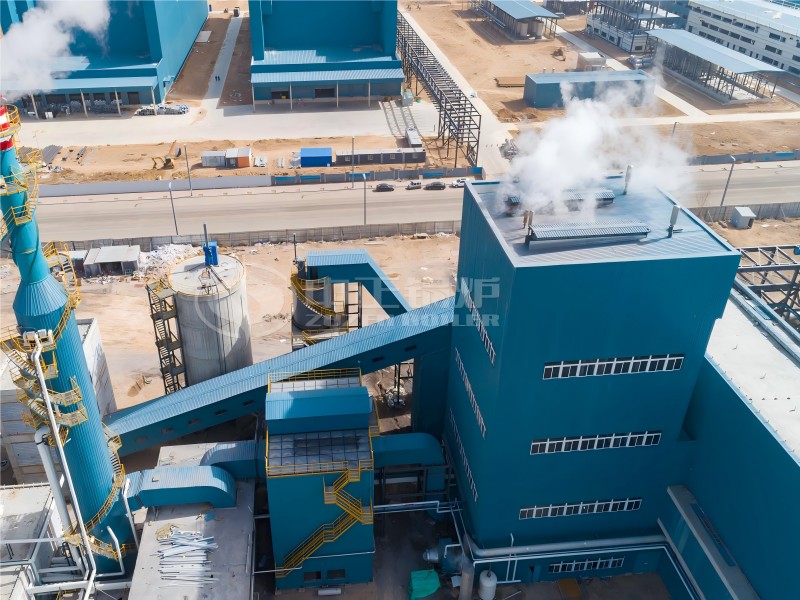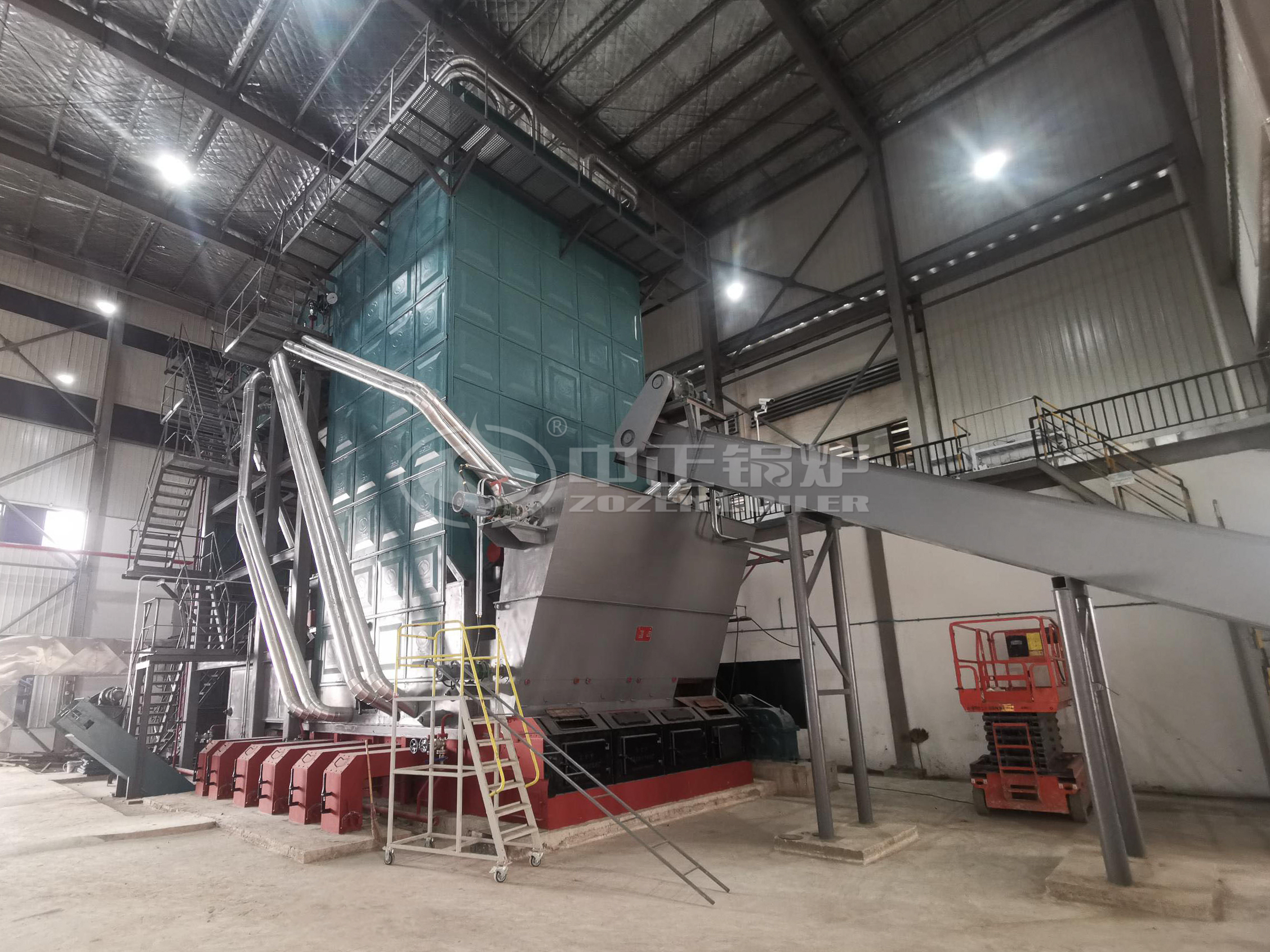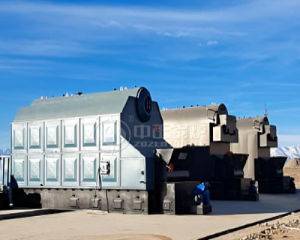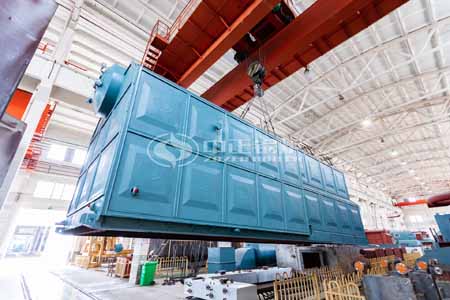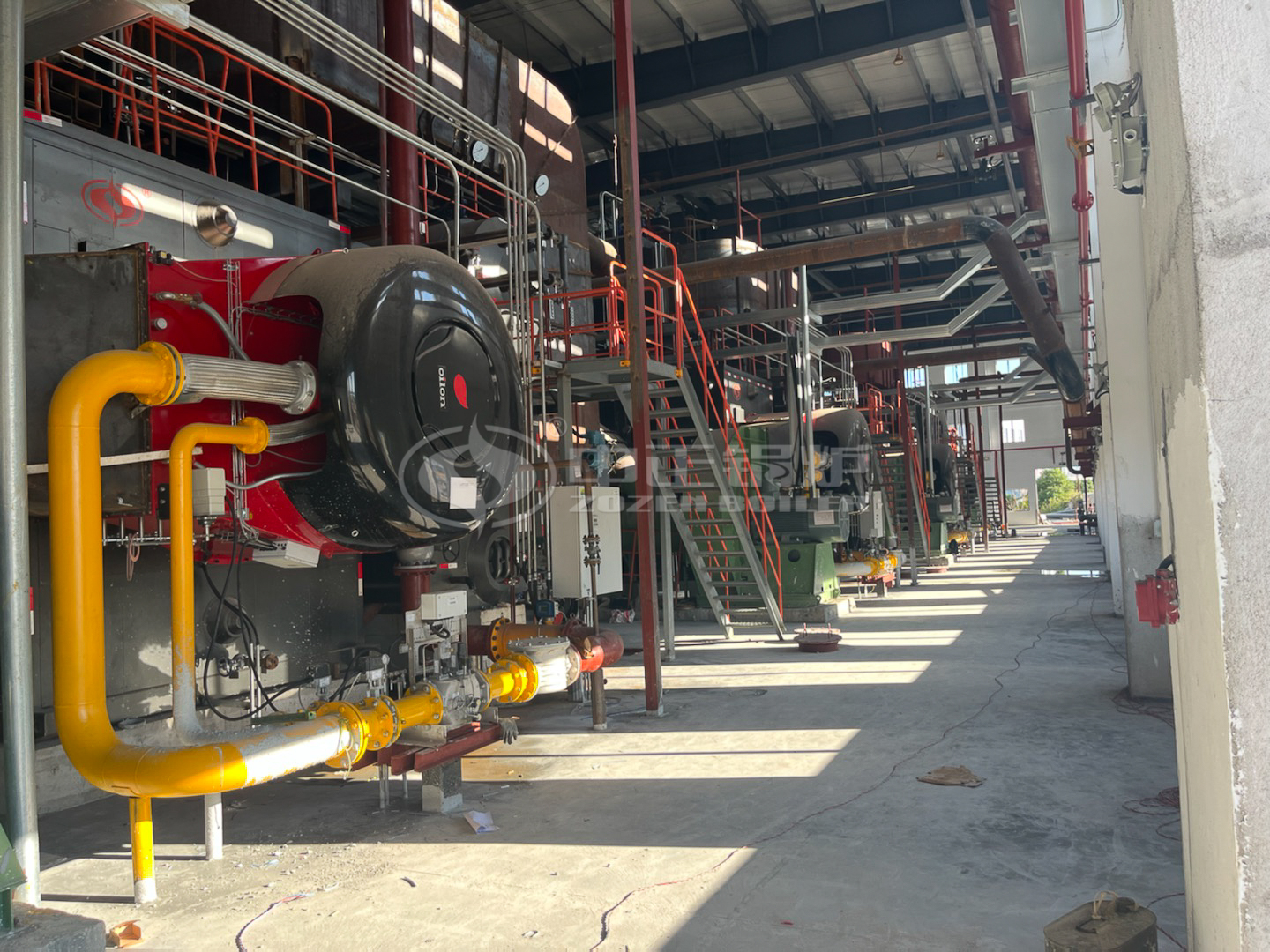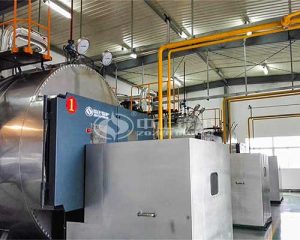Boilers are essential thermal equipment widely used in industrial production and heating systems. They can be categorized in various ways, among which classification by fuel type is one of the most common. Based on the type of fuel used, boilers are generally classified into coal-fired boilers, oil-fired boilers, gas-fired boilers, biomass boilers, etc. Among the gas and oil-fired category, a specialized and increasingly popular type is the biogas fired boiler. As a sub-type of fuel oil and gas boilers, biogas fired boilers burn biogas—a renewable energy source produced from organic waste—to generate steam or hot water for various industrial applications.
Applications of Biogas Fired Boilers
Biogas fired boilers are increasingly being adopted by industries that not only generate organic waste but also require large amounts of thermal energy. Three prominent examples are the wine industry, the dairy industry, and the paper industry.
In the wine industry, grape skins, seeds, and pulp left over from the winemaking process are often treated through anaerobic digestion to produce biogas. This biogas can be used on-site in biogas fired boilers to generate steam or hot water for washing barrels, sterilizing equipment, and maintaining optimal fermentation temperatures. Utilizing waste in this way not only improves energy efficiency but also promotes environmental sustainability.
In the dairy industry, operations such as pasteurization, cleaning-in-place (CIP), and drying milk powder require consistent and high-quality steam. Dairy farms and processing plants produce substantial amounts of organic waste, including manure and wastewater, which can be converted into biogas. Using biogas fired boilers allows dairy producers to significantly reduce their reliance on fossil fuels, while also managing waste more effectively.
The paper industry is another major user of biogas fired boilers. In paper manufacturing, steam is essential for pulping, drying, and finishing processes. Many paper mills have anaerobic treatment units for managing wastewater, which naturally generate biogas. This biogas serves as a sustainable fuel for biogas fired boilers, helping companies reduce energy costs and meet stringent environmental regulations.
Characteristics of Biogas Fired Boilers
Biogas fired boilers possess several characteristics that make them an attractive choice for energy generation. Firstly, they utilize biogas—a renewable and low-carbon fuel—which contributes significantly to reducing greenhouse gas emissions. The combustion of biogas in biogas fired boilers produces significantly lower sulfur dioxide and nitrogen oxide emissions compared to fossil fuels, making them environmentally friendly.
Secondly, biogas fired boilers are known for their high thermal efficiency. Modern designs allow for complete combustion of biogas, which increases heat output and lowers fuel consumption. Additionally, the operational cost of biogas fired boilers is relatively low, especially when the biogas is produced on-site as a by-product, effectively turning waste into energy.
Another key feature of biogas fired boilers is their adaptability. They can be designed to handle variable gas compositions and pressures, which is common with biogas sourced from different organic materials. This ensures stable and safe operation under varying conditions, making biogas fired boilers highly reliable.
ZOZEN Boiler’s Biogas Fired Boiler Models and Parameters
ZOZEN Boiler offers a wide range of boiler solutions, including several models that are compatible with biogas fuel. Among the available series suitable for biogas fired boilers are the SZS series and the WNS series. Both of these series can be customized to use biogas as the primary fuel.
The WNS series biogas fired boilers feature a horizontal, three-pass, wet-back design that ensures efficient heat transfer and high thermal efficiency, typically up to 98%. These boilers are available in capacities ranging from 1 ton/hour to 20 tons/hour, with pressure ratings from 0.7 MPa to 2MPa, making them suitable for both small-scale and large-scale industrial applications.
The SZS series biogas fired boilers are D-type water tube boilers, designed for higher capacity and pressure applications. They offer capacities ranging from 2tons/hour to 110tons/hour, with pressure options up to 5.3 MPa. These boilers are ideal for industries requiring large volumes of steam or hot water and are known for their robust construction and long service life.

ZOZEN’s Biogas Fired Boilers
Advantages of ZOZEN Biogas Fired Boilers
ZOZEN’s biogas fired boilers offer several advantages that set them apart in the market. One of the key benefits is their intelligent control system, which enables real-time monitoring and automatic operation, reducing the need for manual intervention and improving safety and efficiency.
Another advantage is the advanced combustion system used in ZOZEN biogas fired boilers. These systems are designed to ensure complete combustion of biogas, even with variations in composition. This not only improves thermal efficiency but also minimizes harmful emissions.
ZOZEN also emphasizes product customization. Their biogas fired boilers can be tailored to meet the specific requirements of different industries.Moreover, ZOZEN provides comprehensive after-sales service, including installation guidance, commissioning support, and maintenance training. This ensures that customers can operate their biogas fired boilers with confidence and reliability over the long term.
Conclusion
In conclusion, biogas fired boilers are an excellent choice for industries seeking sustainable and cost-effective energy solutions. With their ability to convert waste into energy, high thermal efficiency, and low emissions, biogas fired boilers contribute to a greener industrial future. ZOZEN Boiler, with its advanced technology and extensive experience, offers a variety of models that meet the diverse needs of biogas applications. As more industries turn towards renewable energy, the demand for high-quality biogas fired boilers will continue to grow, making them a key component in the journey toward sustainable development.
